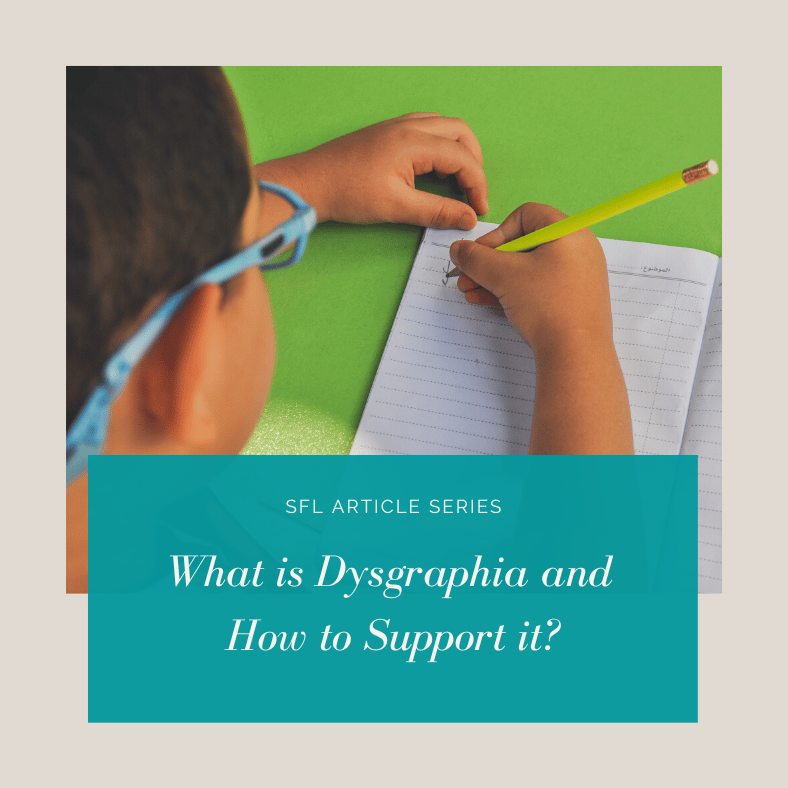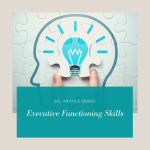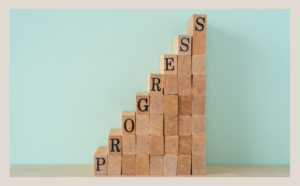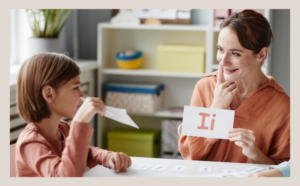No products in the cart.

What is Dysgraphia? Dysgraphia is a specific learning disability that affects a child’s ability to write, spell, and express themselves through written language. It is crucial to understand that dysgraphia does not result from a lack of intelligence or cognitive ability. On the contrary, many children with specific learning disabilities, including those in writing, have higher-than-average intelligence. Likewise, dysgraphia is not related to a lack of effort but rather is a neurological condition that requires patience, support, and specialized strategies to help your child thrive academically and emotionally.
Dysgraphia Symptoms
Discovering that your child has dysgraphia can be a challenging and confusing experience for any parent. Dysgraphia is a condition that affects the fine motor skills required for writing and related tasks. Children with dysgraphia may struggle with handwriting, spacing, spelling, and organizing their thoughts on paper. Dysgraphia can also affect other critical academic writing skills, such as sentence structure, grammar, syntax, and paragraph organization. It is essential to recognize that dysgraphia is a lifelong condition, but with the proper support and interventions, children can learn to manage this challenge and succeed.
Dysgraphia Diagnosis
If you suspect your child may have dysgraphia, seeking a professional assessment is crucial. A comprehensive evaluation by a qualified educational psychologist or neuropsychologist can provide valuable insights into your child’s strengths and weaknesses, helping to tailor an individualized support plan. The assessment may include tests of fine motor skills, handwriting proficiency, and cognitive abilities related to writing.
How to Help a Child with Dysgraphia
Collaborate with your child’s school to implement educational interventions that address their needs. These may include accommodations such as extended time for assignments, assistive technology, and access to a scribe for written tasks. Work closely with teachers to develop a personalized education plan (IEP or 504 plan) outlining the necessary support and modifications for dysgraphia. Outside intervention beyond what the school can provide, such as dysgraphia-specific educational therapy, may be needed in many cases to help the child make adequate progress over a school year. Strategies for Learning has a team of clinicians to help your child achieve their educational goals.
Building a Supportive Environment
Creating a supportive environment at home is essential for a child with dysgraphia. Encourage open communication about struggles and triumphs. Celebrate your child’s achievements, no matter how small, and foster a sense of resilience. Parents must be patient and understanding, recognizing that progress may take time.
Occupational Therapy
Occupational therapy can be a valuable resource for children with dysgraphia. Occupational therapists work on improving fine motor skills, hand-eye coordination, and sensory processing, all of which contribute to better writing abilities. Regular sessions with an occupational therapist can provide targeted interventions to enhance your child’s writing skills.
Assistive Technology
Explore the use of assistive technology to support your child’s learning. Speech-to-text software, word processors, and specialized keyboarding programs can alleviate the physical demands of writing, allowing your child to focus on expressing their thoughts without the hindrance of fine motor challenges. Learn more about Assistive Technology in Special Education.
Emotional Support
Children with dysgraphia may experience frustration, anxiety, or a sense of inadequacy due to difficulties with writing. Provide emotional support by fostering a positive attitude towards learning and emphasizing their strengths in other areas. Seek help from experts in the field, such as educational therapists, who can help your child improve in writing and build confidence. Remind your child that success comes in many forms.
You are not alone
Discovering that your child has dysgraphia is the beginning of a journey that requires dedication, understanding, and advocacy. Working collaboratively with educators, professionals, and your child can create a supportive environment that fosters academic and emotional well-being. Remember that every achievement, no matter how small, is a step towards building confidence and resilience in the face of dysgraphia. Your child can overcome these challenges and thrive in their educational journey with the proper support and interventions. Contact Strategies for Learning for help with every step along the way!
Written by Stephanie Broytman, M.A. Learning Disabilities
Related Articles
Looking for Academic Support and other Educational Services?
You can schedule a free initial consultation to learn more about our services. We will listen to your concerns, answer any questions, learn about the student’s needs, and help guide you through our new student intake process.






